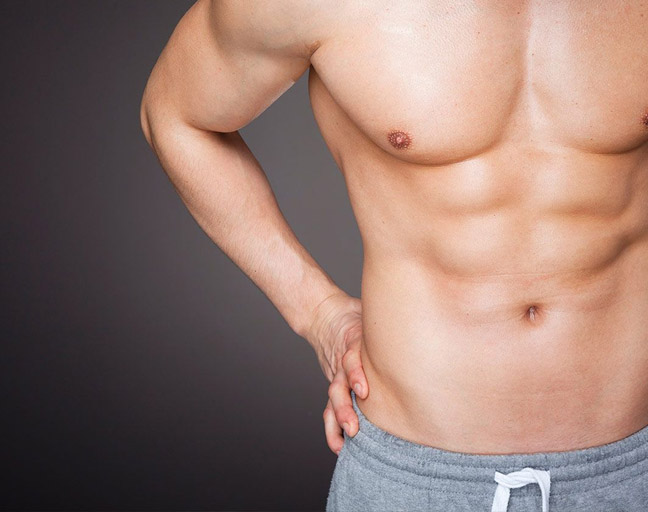Are you wondering how to make your penis bigger? It’s a question that has crossed the minds of men for centuries. Whether it’s because of worries about satisfying a partner, feeling insecure about size compared to others, or even the idea that a larger penis might bring more confidence or sexual success, many men are curious about potential solutions. If this is something you’re exploring, keep reading! Let’s talk about some ways that might help.
1. Vacuum Pumps – A Classic Option
Vacuum pumps are nothing new. They’ve been around for years and are commonly used by men who want to see a temporary boost in size. It works by creating a vacuum around the penis, which increases blood flow, making it appear larger. However, it’s essential to use the pump exactly as instructed. If it causes any pain or discomfort, it’s time to stop and consider other options. Don’t overdo it – moderation is key!
2. Penis Exercises – Could They Work for You?
Did you know you can try simple exercises to potentially enhance your size? It’s all about pushing blood flow to the area. Here’s a popular method: Soak a towel in warm water, then wrap it around your semi-erect penis. Let the warmth relax you, and then apply some lubricant. From there, gently stroke your penis from base to tip, applying a slight pressure. Stretch it in different directions, but only do this for as long as it feels comfortable. Keep in mind that results may vary, and this is just a temporary fix.
3. Herbal Supplements – Natural Boosters
Some herbs are believed to improve circulation, which could lead to enhanced size, especially during an erection. Here are some herbs you might consider:
- Korean Red Ginseng – Studies have shown that men who took Korean red ginseng saw an increase in penis size. The typical dosage is 500 mg daily. But if you have health issues like insomnia, heart disease, or cancer, consult a doctor before using it.
- Maca – This ancient aphrodisiac has been used for centuries to boost libido and energy, with some men reporting bigger erections. Use only under a doctor’s supervision to avoid any unwanted side effects.
- Ginkgo Biloba – Known for its ability to enhance circulation, Ginkgo can improve blood flow, which might give you a size boost when erect. It’s often recommended to men taking antidepressants who are having trouble with erections.
4. Weight – A Surprising Method?
This may sound surprising, but losing weight can make a noticeable difference in how your penis looks. While it doesn’t actually increase size, shedding excess fat can reveal more of the penis shaft, especially if you carry weight around your pubic area. It’s a simple, non-invasive option that could help with the overall appearance. So, if you’re looking for an easy change, this is something to consider.
5. Surgery – The Ultimate (and Expensive) Solution
For those who are serious about making permanent changes, surgery might be an option. There are a few types of surgeries:
- Lengthening Surgery – This involves detaching a ligament that connects the penis to the pubic bone. However, it doesn’t increase size when the penis is erect.
- Widening Surgery – This is a more complex procedure where fat or tissue is transferred to the penis or implants are used to make it thicker. It’s a significant commitment and usually reserved for men who have specific medical concerns.
6. Simple Weight Loss – Make It Look Bigger
Here’s a simple one: if you’re carrying extra weight, losing it can help your penis appear larger. When you lose fat around the pubic area, it can make more of the penis shaft visible. While it won’t change the actual size, it can make a difference in how your body looks as a whole, and that can improve your confidence.
Stay Away from Pills, Creams, and Ointments
Beware of those flashy commercials promising magic pills, creams, or ointments that claim to make you bigger. The truth is, these often don’t work, and some can even be harmful. Stick with methods that have been proven effective, such as exercise, weight loss, and herbs, and avoid falling for the “quick-fix” promises.
What You Should Know Before Trying Anything
It’s normal to wonder if you’re too small, especially when you see what’s portrayed in porn. But here’s the thing: most men have an average size of about three to five inches when flaccid and five to seven inches when erect. If your erect size is around three inches or less, that’s considered a medical condition called “micro-penis.” But even in those cases, there are options available.
At the end of the day, remember that penis size isn’t everything in a sexual relationship. Pleasing your partner isn’t just about physical size – it’s about connection, communication, and exploring intimacy in different ways. So, don’t get too hung up on this. Your worth isn’t measured in inches!
If you’re still curious or looking for solutions, make sure to do thorough research, consult with a doctor, and find the best method for you. Confidence, after all, is the most attractive trait you can have.


